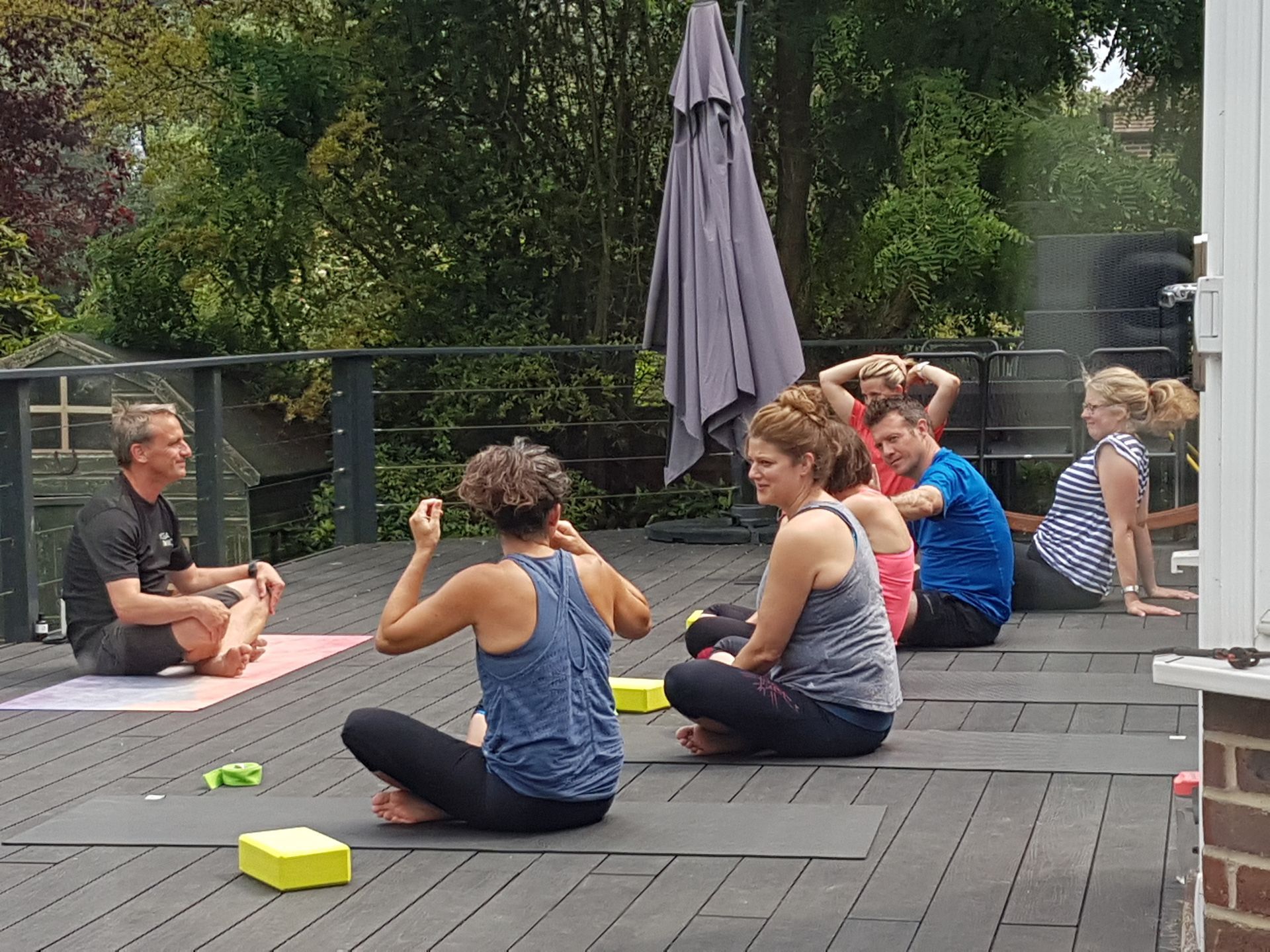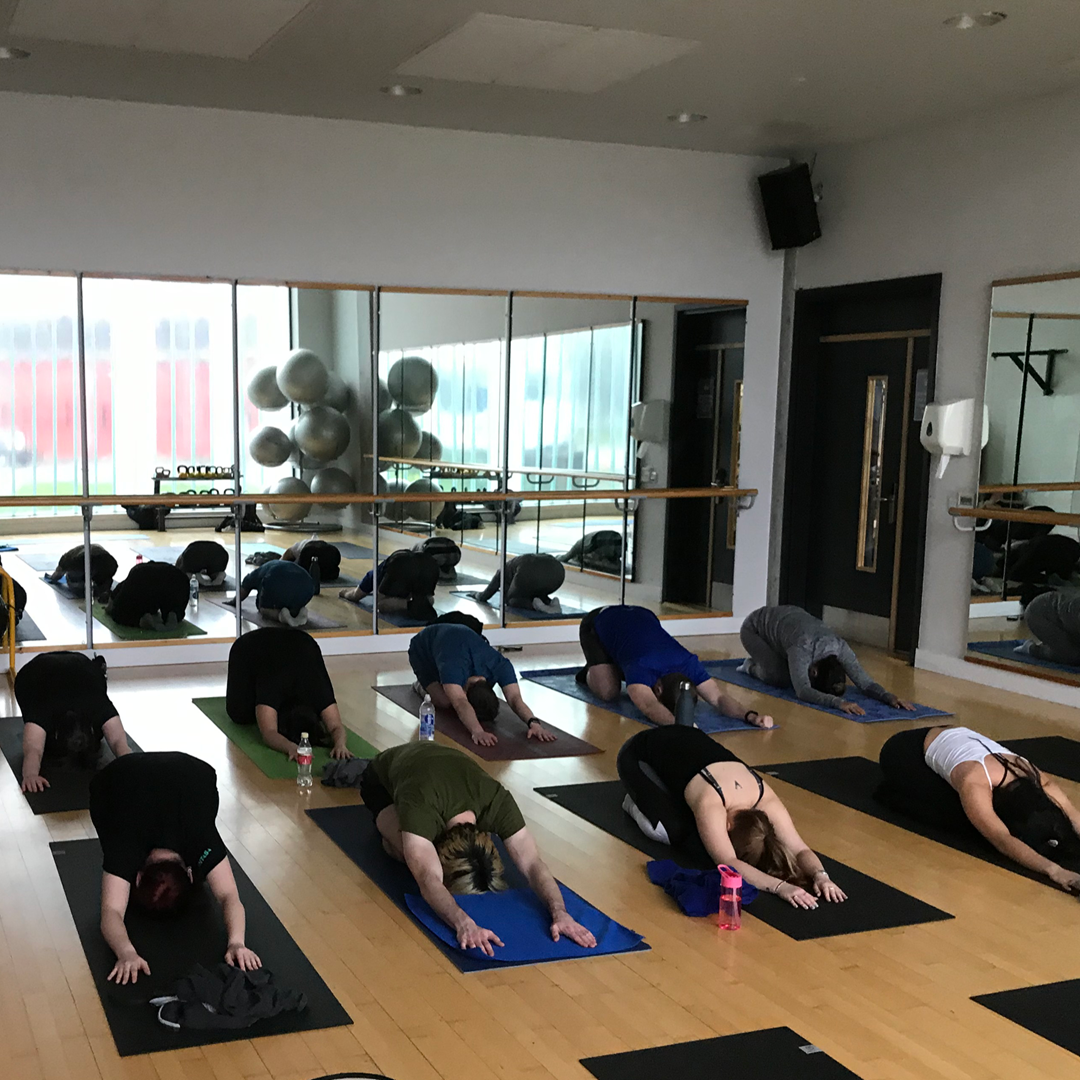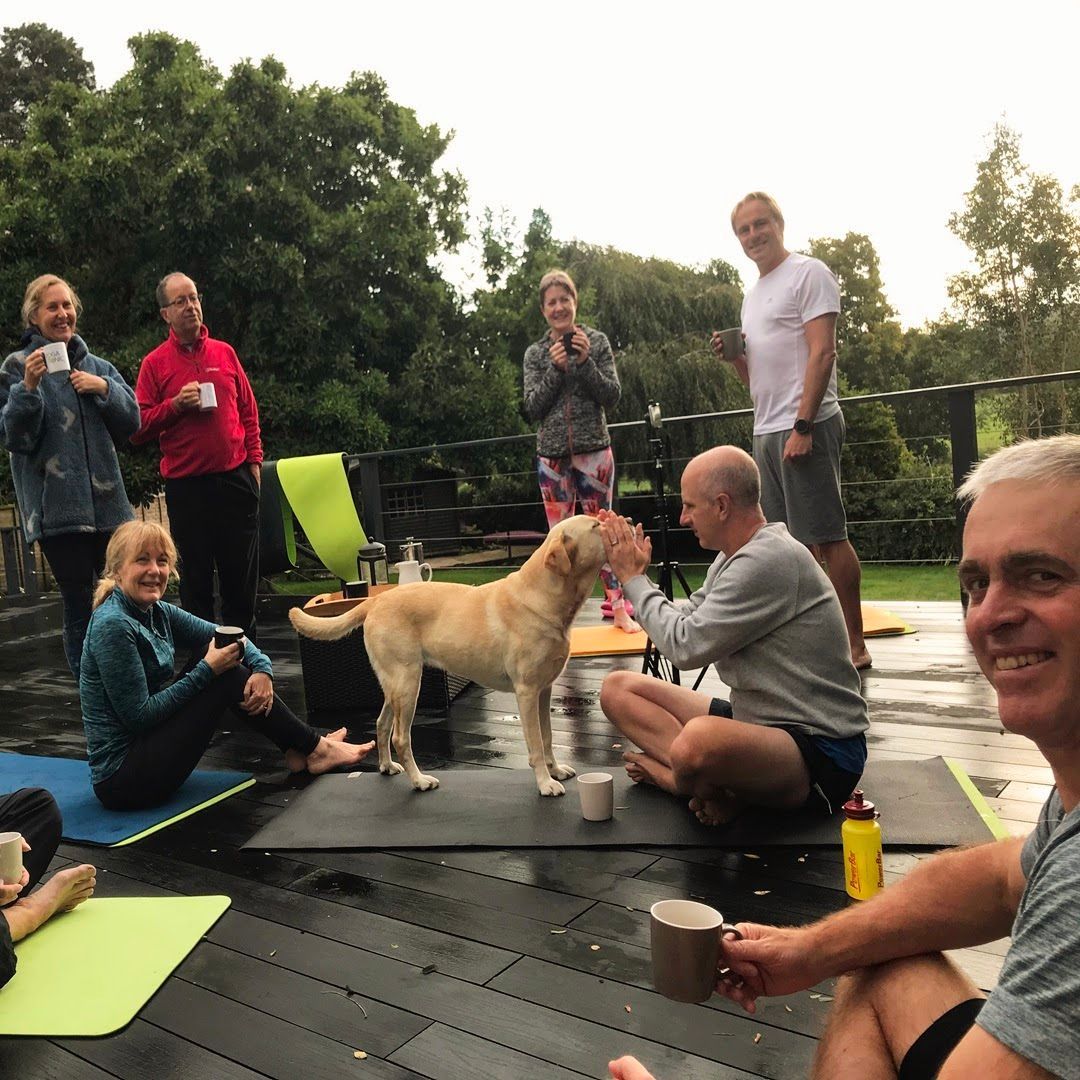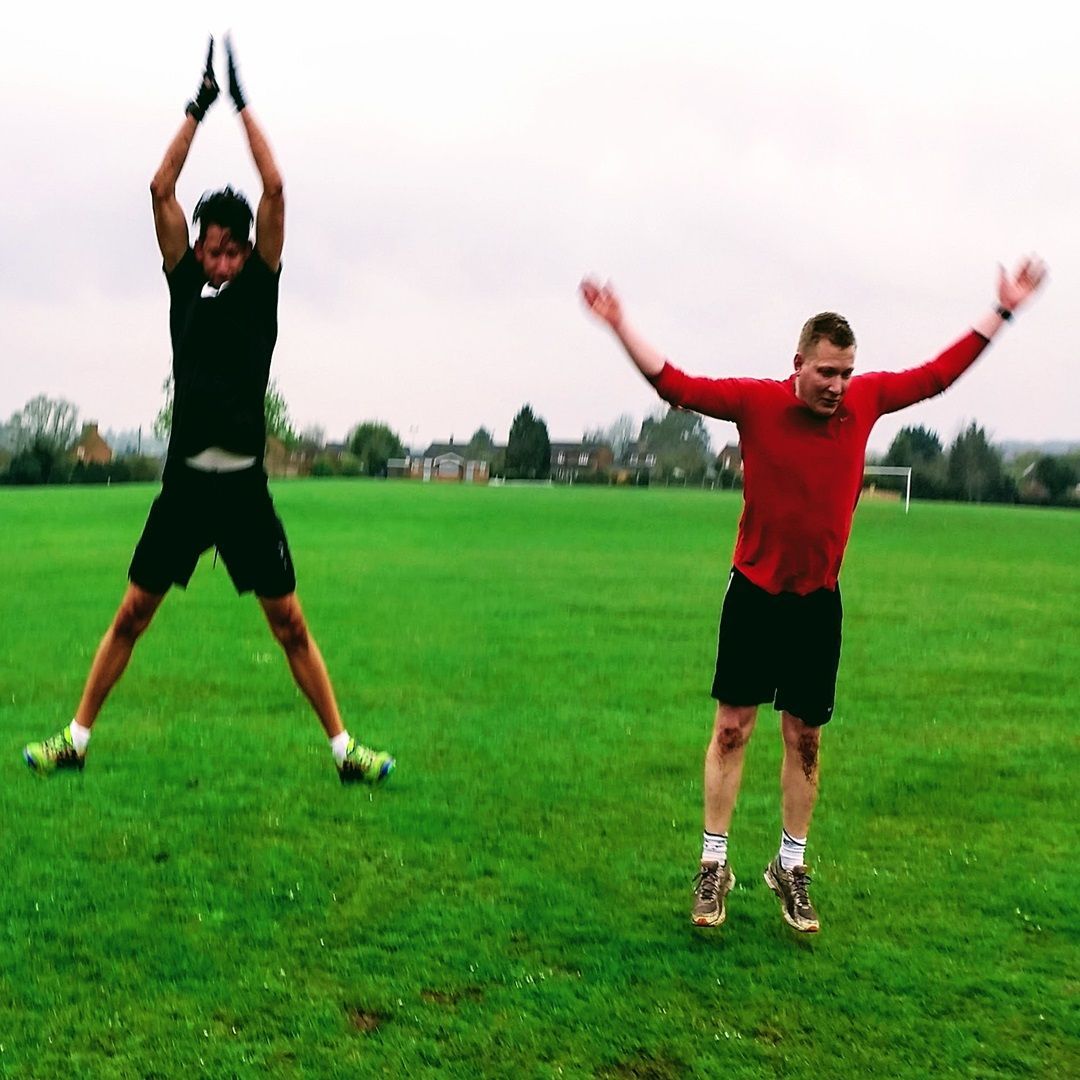Get in touch
555-555-5555
mymail@mailservice.com
MENTAL HEALTH AND MOVEMENT
Mental Health and Movement
Prioritizing our mental health has increasingly been a topic of interest as we consider our wider sense of wellbeing.
In fact, keeping physically active is one of the 5 pillars of wellbeing.
We often associate being active with the physical benefits such potential weight loss, improved cardiovascular fitness. It can however be easy to over look the positive impact exercise can have on our mental health.
I think it is fantastic that the theme for the 2024 Mental Health Awareness Week was Movement: Moving more for our mental health.
With this mind, I thought sharing how movement can support our mental health would be helpful.
If you'd like to discuss how we can support you and your colleagues with a week's program for Mental Health Awareness Week (every May) - please do get in touch.
5 Benefits of Exercise for Our Mental Health
1. The Feel-Good Effect
Engaging in physical activity stimulates the release of endorphins, that are in affect the body's natural mood enhancers. These neurotransmitters interact with receptors in the brain, reducing the perception of pain and triggering a positive feeling. The "runner's high" is a well-known example of this phenomenon, but even a brisk walk or a light workout can elevate your mood, making you feel more energized and optimistic.
2. Stress Reduction
Exercise acts as a effective stress reducer by regulating cortisol levels, the hormone associated with stress. When we face challenges, cortisol floods our system, preparing us for the fight-or-flight response. Regular physical movement provides a healthy outlet for this built-up tension, reducing cortisol levels and promoting a sense of calm. This not only helps in managing stress but also contributes to improved mental clarity and focus.
3. Improved Sleep Quality
Quality sleep is a cornerstone of good mental health. Physical activity helps regulate sleep patterns by promoting a more restful and rejuvenating night's sleep. The calming effect of exercise, coupled with the release of tension and stress, contributes to a better sleep routine. A well-rested mind is better equipped to handle challenges, think creatively, and maintain emotional balance.
4. Mindfulness
Physical movement, be it in the form of yoga, a run, or a dance class, encourages mindfulness; also known as being present in the moment. The focus required to perform different movements helps individuals stay present in the moment, fostering a meditative state or entering a sense of 'flow'. This mindful approach to exercise can serve as a mental reset, allowing individuals to momentarily detach from the stresses of daily life and cultivate a more centered and balanced mental state. Being present or mindful is another one of the 5 Pillars of Wellbeing.
5. Social Connection
Many physical activities offer a chance for social engagement, creating a sense of community and connection. Whether it's a group fitness class, a team sport, or a hiking club, exercising with others provides an opportunity to share experiences, build relationships, and reduce feelings of isolation. These social connections contribute significantly to emotional resilience and a sense of belonging; if nothing else you all have a shared interest which in itself can facilitate friendships and relationships. I've shared more detail on the importance of Social Connection in the blog post referring to the 2nd Pillar of Wellbeing.
Being active - it's more than just physical
The benefits of physical movement extend beyond physical fitness. Regular exercise positively impacts mental health by boosting mood, reducing stress, improving sleep quality, fostering mindfulness, and creating social connections. Embracing physical activity as a regular part of our routines is a proactive way to achieving and maintaining our mental well-being.
From a personal perspective, I have always enjoyed keeping active, however it has felt that keeping physically fit was not always enough. I find that laying the 5 Pillars of Wellbeing alongside keeping active has been equally important to maintain my own mental health. It is perhaps not a coincidence that of the 5 points shared above, 3 of them are in fact individual pillars of wellbeing.









